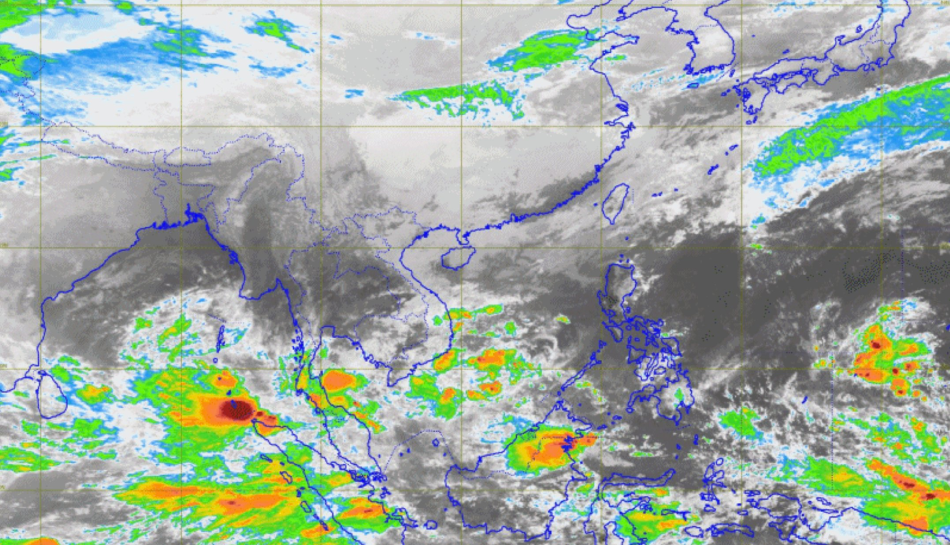
Image Credit: icocktail/Shutterstock.com
Civilization has long been drawn to the banks of rivers and coastal regions, enticed by the often-fertile lands and natural transportation network. London, Nairobi, and Mumbai are amongst the many cities to have arisen along the meandering waterways. However, rivers and coastal zones are habitually subject to flooding, the risk of which is dependent on factors such as the bank material, topography, and climate.
The importance of the latter has become ever more evident in recent years as scientists link the warming climate to increasing extreme rainfall; According to the European Academies’ Science Advisory Council (Easac), the occurrence of global floods and extreme rainfall has quadrupled since 1980. A means of accurately mapping prone areas is hence deemed as a necessity.
The use of Light Detection and Radar (LiDAR) has been identified as the current prevailing solution.
What is LiDAR?
Light Detection and Radar (LiDAR) is an aerial mapping technique utilizing a laser to calculate the elevation of the scanned terrain. The use of laser technology may at first seem a highly complex solution, which may indeed be true in terms of the required components and system architecture, yet the concept itself is quite simple.
The aircraft equipped with the LiDAR system emits laser pulses at a frequency in the range of tens of thousands per second. The time delay between the emitted and reflected signal is then recorded by the onboard photodetector and the distance between aircraft and ground subsequently calculated using the known speed of travel by the laser signal (3 x 108 m/s).
To transform this recorded distance into the desired elevation data, two additional tools must be used: a Global Positioning System (GPS) providing the precise location of the vehicle itself to within less than an inch, and Inertial Measurement Unit (IMU) enabling the exact orientation of the vehicle to be known throughout the entirety of flight. With all three tools operating in unison, the tan elevation map of the scanned area is generated from the recorded data through post-processing methods carried out by a Geographic Information System (GIS).
How can LiDAR be Used to Aid Flood Prediction and Mitigation?
As mentioned previously, the risk of flooding is highly dependent on the surrounding topography, and therefore elevation data provided by LiDAR is crucial in understanding where flooding is most likely to occur. Following the production of the elevation map, a computer model, such as the TRIMR2D used by the United States Geological Survey (USGS), can simulate flow models for all water sources in the mapped region by solving the equations of fluid flow in an iterative process.
Due to the systematic data collection of LiDAR, it can be ensured that even the more subtle geographical features, such as small streams and ditches, will also be modeled by the software. The results of such calculations are then processed by a Geographical Information System and presented in the form of a map, detailing areas most likely to flood, how deep the water may get, when the floodwater will likely first arrive, and when the flood will crest.
Hence, this information can be harnessed by agencies and organizations to confidently decide on preventative flooding strategies and where to focus emergency service efforts in anticipation of an approaching weather front. What’s more, this method is not only highly accurate but has proved both quicker and lower cost than the traditional manual means of data collection.
Where is LiDAR Being Used?
The UK Environmental Agency has been utilizing LiDAR data collection since 1998 to create an archive of dense and accurate elevation records. However, following the devastation of the UK’s 2014 Winter floods, the Environment Agency committed to transforming this into a freely available source in recognition of the pressing need for businesses to have their flood risk modeling in place.
Agriculture is one key industry which can find enormous benefit from this open-source of data. A LiDAR map can identify the water flow and catchment areas across a plot of land, which when overlaid with a property map, enables landowners to ensure field drainage systems are correctly in place, and consequently reduce the customary vulnerability of agriculture to intensive rainfall.
In the US, the USGS launched a similar scheme in 2015 known as the 3D elevation program (3DEP) to foster geospatial information sharing. North Carolina became the first state to harness the information provided by 3DEP partnerships alongside its own data acquisition resources to map the entire area using LiDAR. As a result, the state has been able to generate a high-resolution directory incorporating all rivers and streams, 5.2 million geocoded buildings along with their first-floor elevations, and consequently 13,000 flood map panels (as of 2017).
The real impact of such a comprehensive inventory was demonstrated in the anticipation of Hurricane Matthew which tore through North Carolina in 2016.
An extremely accurate map of the area was produced, detailing exactly where flooding would occur and to what elevation. This then enabled emergency evacuation to be carried out before the arrival of the storm, thus reducing the stress on emergency services in the aftermath.
Sources and Further Reading
Disclaimer: The views expressed here are those of the author expressed in their private capacity and do not necessarily represent the views of AZoM.com Limited T/A AZoNetwork the owner and operator of this website. This disclaimer forms part of the Terms and conditions of use of this website.